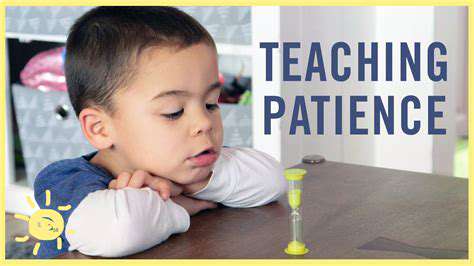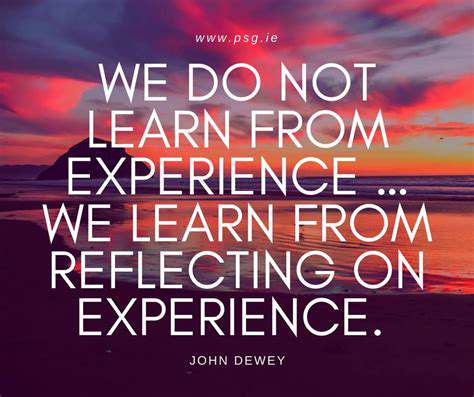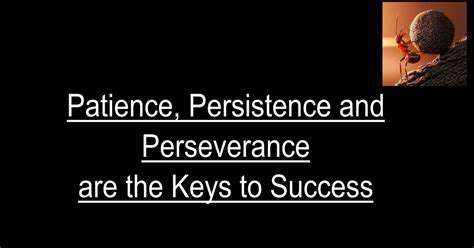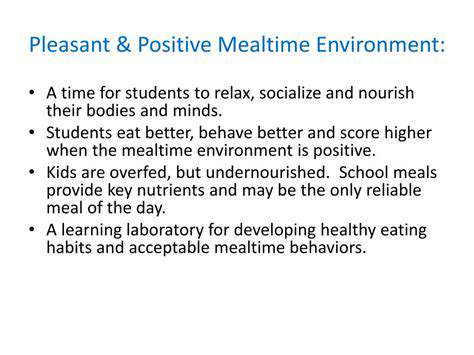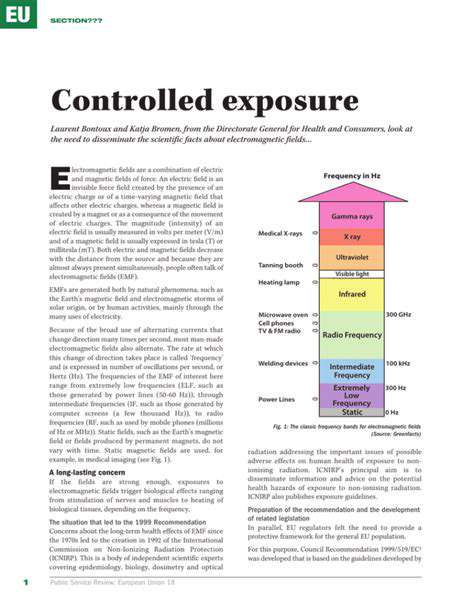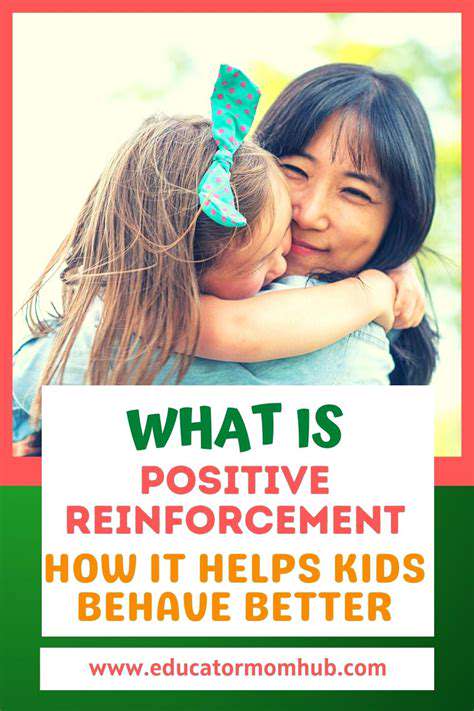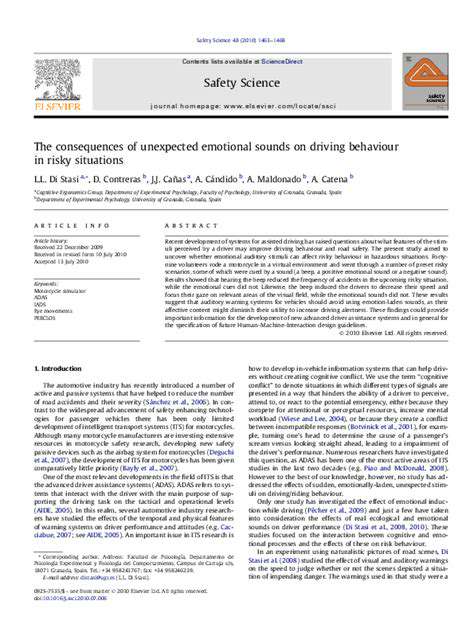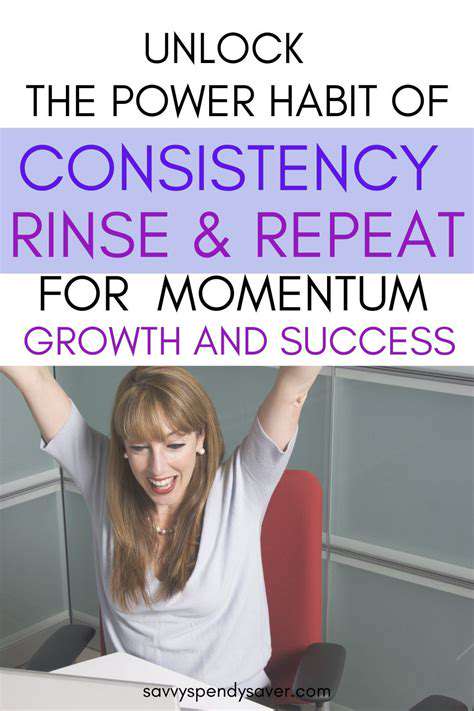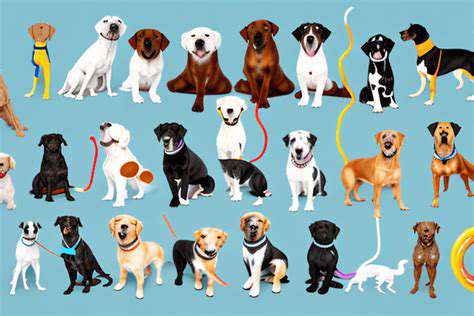Your Puppy's Journey to Becoming a Well Behaved Companion
Addressing Common Puppy Behaviors: Preventing Problems Before They Start
Early Socialization: Crucial for a Well-Adjusted Pup
Every puppy owner knows those first few months are critical. The window between 3 and 12 weeks is golden - it's when young dogs form lasting impressions about their world. I've seen firsthand how pups exposed to diverse experiences during this time grow into remarkably adaptable adults. Car horns, crowded sidewalks, other animals - these shouldn't faze a properly socialized dog.
Here's what works: start small. Don't overwhelm your pup with too much at once. That first trip to the pet store? Keep it short. Reward calm behavior with treats and praise. Puppy classes are fantastic - they combine socialization with basic training in a controlled environment. Remember, it's about quality, not quantity of experiences.
Feeding and Training: Establishing Good Habits
Mealtime isn't just about nutrition - it's training opportunity. I always recommend scheduled feedings rather than free-feeding. This creates structure and makes house-training easier. That bowl shouldn't be out all day. As for portions? Follow the guidelines on quality puppy food, but adjust for your dog's energy levels.
Training should begin the day you bring your pup home. Those five-minute sessions multiple times a day add up. Focus on basics first: their name, sit, come. Always end on a positive note. I've found that puppies trained with patience and consistency develop into the most responsive adults.
Addressing Separation Anxiety: Proactive Strategies
That heartbreaking howling when you leave? It's preventable. Start by making departures and arrivals low-key. No dramatic goodbyes. Begin with very short absences - just stepping outside the door for 30 seconds. Gradually increase time away. Leave engaging toys - I recommend Kongs stuffed with frozen peanut butter. The goal? Teach your pup that alone time is safe and temporary.
Preventing Destructive Chewing: Providing Alternatives
Chewing is natural - it's our job to direct it appropriately. Rotate toys to maintain interest - have several types available at all times. Frozen washcloths can soothe teething gums. Supervise closely, and when you catch them chewing something inappropriate, calmly redirect to an approved toy. Remember, a tired puppy is a well-behaved puppy - adequate exercise reduces destructive tendencies.
Building a Strong Bond: The Power of Positive Interaction
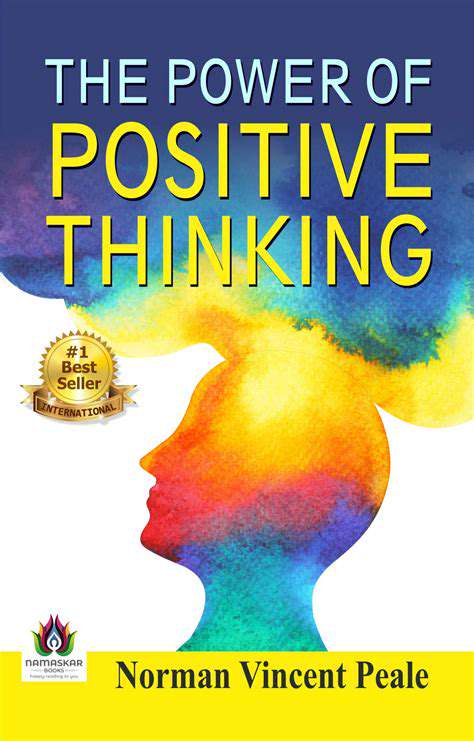
Building Trust and Open Communication
True connection starts with presence. Put down your phone during interactions - that undivided attention speaks volumes. Learn your pup's unique communication style - their ear positions, tail wags, and vocalizations all convey meaning. Respond appropriately to build mutual understanding.
Consistency is key. If off means no jumping today, it must mean the same tomorrow. Mixed messages erode trust. I've observed that dogs with consistent owners develop deeper bonds and exhibit fewer behavioral issues.
Respecting Boundaries and Individuality
Not every dog is a social butterfly - and that's okay. Respect your pup's personality - if they're shy around new people, don't force interactions. Create safe spaces at home where they can retreat when overwhelmed. Remember, forcing a fearful dog into uncomfortable situations damages trust.
Tailor activities to your dog's preferences. The high-energy retriever might live for fetch, while the sensitive greyhound prefers quiet cuddles. Their individuality isn't just acceptable - it's what makes your relationship special.
Sharing Experiences and Creating Memories
Shared adventures build connection. That first road trip, the joy of discovering a new hiking trail together - these moments matter. I still remember my dog's first snow experience - the pure delight in her eyes created a memory I'll always cherish.
Rituals strengthen bonds too. Maybe it's Sunday morning snuggles or evening walks around the neighborhood. These predictable, positive interactions create security and deepen attachment.
Empathy and Active Support
Dogs experience emotions deeply. When my old lab lost his hearing, I learned to communicate through hand signals and touch. Adapting to his changing needs brought us closer. Similarly, recognizing when your pup is stressed and responding appropriately builds tremendous trust.
Be their advocate. If they're uncomfortable in a situation, speak up for them. Nothing demonstrates care more than protecting their wellbeing. This active support forms the foundation of an unshakable bond.
Read more about Your Puppy's Journey to Becoming a Well Behaved Companion
Hot Recommendations
- The Impact of Early Socialization on a Dog's Interaction with Other Animals
- Car Travel and Puppy Socialization: Making the Journey a Positive Experience
- The Importance of Early Environmental Exposure for Puppy Development
- Taking Your Puppy to the Vet: Positive Socialization Strategies
- Making Training a Positive Experience for Your Puppy
- Public Transportation and Puppy Socialization: A Step by Step Guide
- Safe Socialization: Allowing Others to Pet Your Puppy
- Helping a Puppy Who Struggles with "Stay"
- Positive Puppy Interactions: Making Meetings with New Friends Fun
- No Treats Needed? Training Basic Commands with Verbal Praise
